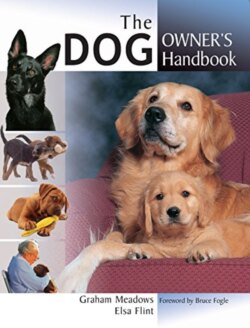Читать книгу The Dog Owner's Handbook - Graham Meadows - Страница 16
На сайте Литреса книга снята с продажи.
Dog breeds and kennel clubs
ОглавлениеToday there are hundreds of breeds (some encyclopaedias list more than 400), many of them recognised only in their country of origin. Breed standards are established, which enables breeders and judges to select progeny that come closest to the required characteristics, therefore ensuring their continuation. To gain recognition, a breed must have clearly identifiable characteristics that are passed between generations; these become the basis for the breed’s establishment.
Many countries have their own Kennel Club or similar organisation that controls and monitors the registration and showing of pedigree dogs. It recognises particular breeds for show purposes and classifies them into groups based on similarities of use or characteristics.
The number of groups, their names and the breeds within them are not consistent between countries. There is some agreement about four of the groups (Toys, Gundogs/Sporting Dogs, Terriers and Hounds), but not about any others. Some countries have separate groups for working dogs and herding dogs, while others have groups named non-sporting, utility or Spitz breeds (dogs with the characteristic appearance of a Spitz or primitive breed: tail curled over the back and pricked ears).
Because each country has its own method of classifying dog breeds, the Fédération Cynologique Internationale (FCI) was formed to rationalise the differences. It divides breeds into 10 groups, using its own classification system: Sheep Dogs and Cattle Dogs (other than Swiss Cattle Dogs); Pinschers and Schnauzer type, Molossian type, Swiss Mountain and Cattle dogs; large and medium-sized Terriers; Dachshunds; Spitz and primitive types; Scenthounds and related breeds; Pointing Dogs; Companion and Toy Dogs; Sighthounds; and Retrievers, Flushing Dogs and Water Dogs.
At the time of writing it had registered 331 breeds. Member countries of the FCI (78 at time of writing) define their own breed standards but submit them to the FCI for international recognition.
Cross-breeds and mongrels account for the majority of dogs in almost every country in the world. Where possible, before you select a mongrel puppy, observe the temperament of its mother.
